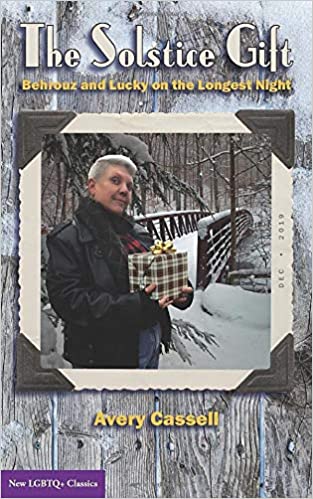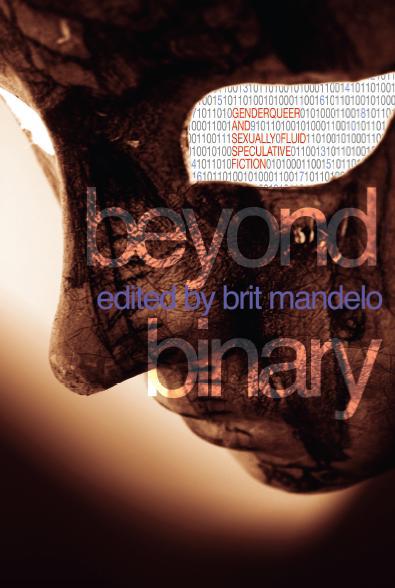Buy this from Bookshop.org to support local bookstores and the Lesbrary! It’s no secret that Anne Carson has inspired many a sapphic love affair with ancient Greek myths, or that stories like Malinda Lo’s Ash, Sarah Diemer’s The Dark Wife, and a vast world of AU fanfiction showed that the threads from which most modern myths areRead More
Sinclair reviews The Solstice Gift by Avery Cassell
The Solstice Gift by Avery Cassell is a queer love story in the best sense of the words. It doesn’t follow the traditional, heterosexual tropes of how the two characters meet and following them through their courtship, but comes in with the love story well under way, and continues with new and radical sexcapades thatRead More
Jasper reviews Beyond Binary by
Read Beyond Binary. It fails, as an anthology, to go very far beyond male/female straight/gay conceptions of gender identity and sexual orientation. It fails to showcase worlds and characters that universally accept identities and orientations that lie beyond expected binary norms. Some of its stories are weak and ambiguous; some end with characters in situationsRead More
Joint Review with Rie: Down to the Bone by Mayra Lazara Dole
Rie of Friend of Dorothy Wilde was kind enough to read Down to the Bone by Mayra Lazara Dole with me, and then we discussed it together. I tried to mark the spoilers (ones just marked “spoilers” are just for Down to the Bone, and spoilers for other books are indicated) so that you haveRead More



